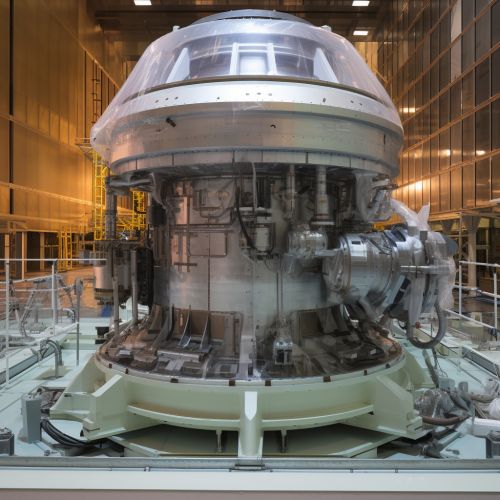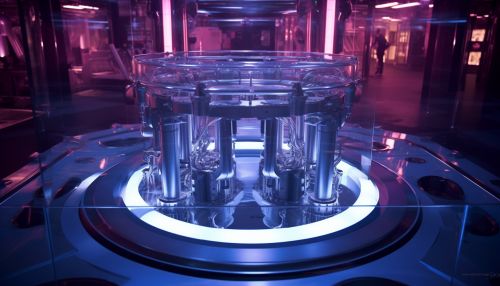Metal-Organic Vapor-Phase Epitaxy
Introduction
Metal-Organic Vapor-Phase Epitaxy (MOVPE), also known as Organometallic Vapor Phase Epitaxy (OMVPE) or Metalorganic Chemical Vapor Deposition (MOCVD), is a method used for the synthesis of crystalline materials. It is a type of Chemical Vapor Deposition (CVD) process, which is a popular technique in material sciences and semiconductor industry.


Process
The MOVPE process involves the reaction of metal-organic precursors with a reactive gas, typically hydrogen, inside a reactor chamber. The precursors are transported to the reactor by a carrier gas, where they decompose on the heated substrate surface, resulting in the formation of a thin film of the desired material.
The process can be divided into several steps: precursor delivery, precursor decomposition, film growth, and exhaust. Each of these steps is critical to the overall process and requires careful control and optimization.
Precursor Delivery
The precursor delivery step involves the transportation of the metal-organic precursors from their source to the reactor chamber. This is typically achieved using a carrier gas, such as hydrogen or nitrogen. The precursors are usually stored in a liquid or solid form and are vaporized before being transported to the reactor.
Precursor Decomposition
Once inside the reactor, the precursors decompose on the heated substrate surface. This is a critical step in the MOVPE process, as it determines the quality of the resulting film. The decomposition of the precursors is typically achieved by thermal activation, although other methods such as plasma activation can also be used.
Film Growth
The film growth step involves the formation of a thin film of the desired material on the substrate surface. This is achieved through a process known as epitaxy, where the atoms of the film material arrange themselves in a crystal structure that matches that of the substrate. The quality of the film is largely determined by the conditions inside the reactor, such as the temperature and pressure, as well as the choice of precursors.
Exhaust
The final step in the MOVPE process is the exhaust of the reaction by-products and unreacted precursors. This is typically achieved using a vacuum pump, which also helps to maintain the desired pressure inside the reactor.
Applications
MOVPE is widely used in the semiconductor industry for the fabrication of electronic and optoelectronic devices. Some of the most common applications of MOVPE include the growth of gallium nitride (GaN) and gallium arsenide (GaAs) films for use in light-emitting diodes (LEDs) and laser diodes, as well as the growth of high-quality silicon films for use in solar cells.
Advantages and Disadvantages
MOVPE offers several advantages over other thin film deposition techniques. It allows for the growth of high-quality films with excellent control over the film thickness and composition. It also allows for the growth of complex multi-layer structures, which are often required in the fabrication of advanced electronic and optoelectronic devices.
However, MOVPE also has some disadvantages. The process is relatively complex and requires a high level of control over the reaction conditions. It also requires the use of expensive and often toxic metal-organic precursors.
